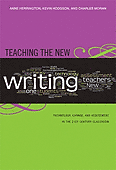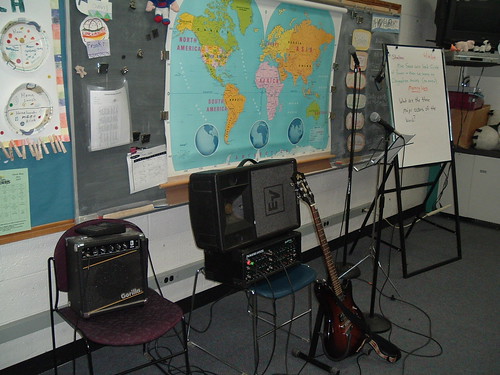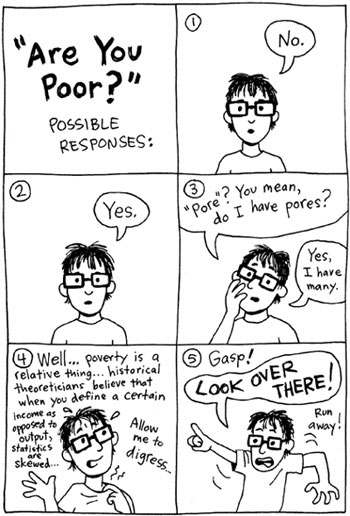This is a quick follow up to some of my posts around my thinking around the concepts of Literacy.
Yesterday, I attended our school district meeting that will lead to the launch of a two-year Literacy Initiative for our schools, beginning in earnest in November with two full days of literacy professional development. This is the first time we have used two full days back to back for any one topic, so we are excited about the possibilities here. And there is pressure on the administration to put on a good show that really energizes our teachers. The teachers brought together at our meeting yesterday were mostly k-3 and reading/special education specialists, so I felt as if I had to represent the upper elementary grades as the sole sixth grade classroom teacher. (For some reason, our regional middle and high school are not even involved in the initiative.)
The discussions were rich and fruitful, centering around ways to connect literacy ideas across grade levels, provide some ways to track progress of students and open up collaborative discussions among teachers from various schools and grades.We talked a lot about the common things we are all doing and how we can learn from each other.
I noted at one point that so much of our talk was centered around reading skills and that writing was getting short shrift … again. Why do we do that? Why does reading take over writing when it comes to literacy? Where is the balance between the two? (And listening and oral language skills never even got onto the table, to be honest) Luckily, a colleague jumped in and passionately explained how good writing is also good reading, and that teachers often cut writing because they don’t know how to teach good writing skills to students. Our administration seemed to hear that loud and clear.
I had my own ideas, of course, and made sure I was up high on my virtual sandbox, advocating that any new literacy work should also include the technology and media skills of the 21st Century. When it came time to try our hand at a Vision Statement, mine centered on using multi-modal platforms for reading and for writing, and for writing for an authentic purpose.
But I was mostly alone on this topic and I know it will be a tough sell for teachers who don’t use technology themselves in their own classrooms to think about how they could actually use it with students. I argued that the reading and writing that goes on outside of school in our students’ real lives (text messaging, web reading, online collaborative games, etc.) needs to be reflected and used inside the classroom if we want our students to make sense of the skills we are teaching them and for those skills to have value for them. Everyone listened respectfully, but my soapbox did not lead to any discussions or further talk about Digital Literacies. It was a sort of an awkward silence.
So, we’ll see where all this leads in the next two years.
Peace (in the talk),
Kevin





